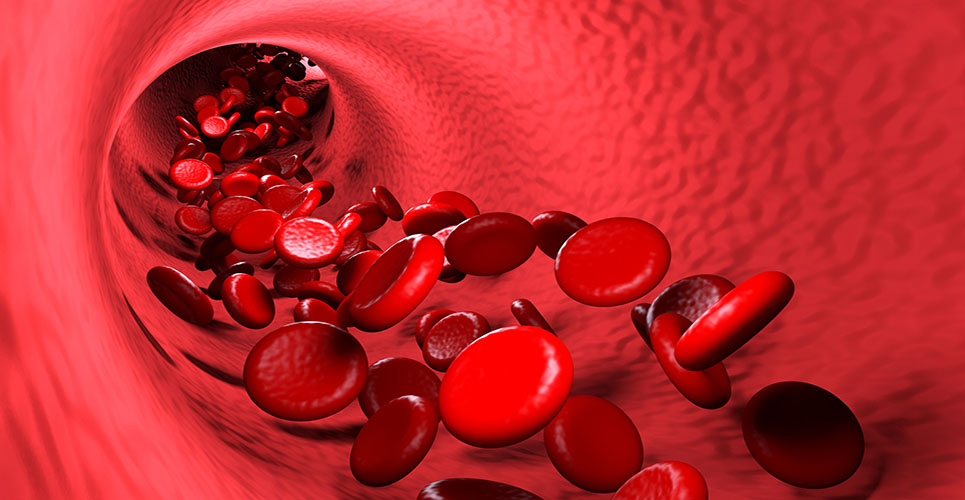teaser
Scientists have discovered a molecular mechanism that is key to regulating the way blood clots.
The team from Harvard University, writing in the journal Science, said the finding could help treat people who have blood-clotting disorders.
If blood clots too much, people can develop a potentially fatal thrombosis; too little and they can bleed to death.
UK experts said the research was important and could help develop new treatments for blood disorders.
“This discovery should aid the creation of more effective medicines,” Professor Jeremy Pearson, British Heart Foundation.
A molecular messaging system has to maintain a balance between blood not clotting too much or too little.
The Harvard team identified an area on the von Willebrand factor (VWF) blood-clotting protein which contains a molecular sensor to regulate the size of the protein, important for it to work effectively.
VWF is vital to the body’s circulation. It controls the balance between blood clotting and bleeding, and abnormalities affecting VWF can lead to health problems such as bleeding disorders and heart attacks.
Dr Wesley Wong, who worked on the research, said: “The human body has an incredible ability to heal from life’s scrapes and bruises.
“A central aspect of this response to damage is the ability to bring bleeding to an end, a process known as haemostasis.
“Yet regulating haemostasis is a complex balancing act.”

The team say the work will improve understanding of how the body regulates the formation of blood clots, and could also give some insight into how bleeding disorders, such as von Willebrand disease, disrupt this regulation system, potentially leading to new avenues for treatment and diagnosis.
Refine treatment
Professor David Lane of the department of haematology at Imperial College London, said: “The size of the VWF protein is important.
“This is controlled by unfolding of VWF by blood flow, which then allows an enzyme – called ADAMTS13 – to get into the protein and chop it up.
“This research has shed light on how this occurs by revealing the detailed structure of the section of VWF that is unfolded and chopped.
“It is important because it tells us where these important sites are in relation to the faults in the protein that cause inherited bleeding disorders, and it tells us more about how blood flow unfolds VWF.”
Professor Lane added: “The findings help us to understand the interplay between molecular structure of VWF, blood flow and common diseases, which will help to refine development of treatments.”
Professor Jeremy Pearson, Associate Medical Director at the British Heart Foundation, said: “These researchers have deciphered how a crucial part of a crucial protein in our circulation is built.
“This helps us understand how it works in controlling the amount we bleed after injury, while preventing blood clots forming in the wrong place.”
He added: “This discovery should aid the creation of more effective medicines for people with diseases, such as von Willebrand’s Disease and Thrombotic Thrombocytopenic Purpura (TTP) [blood clotting disorder], for which treatments are currently not good enough.”
